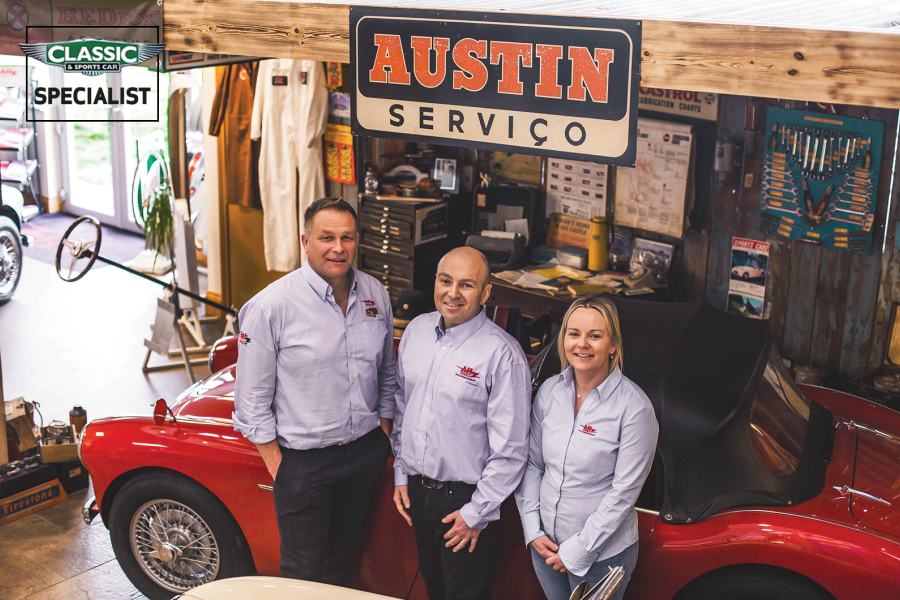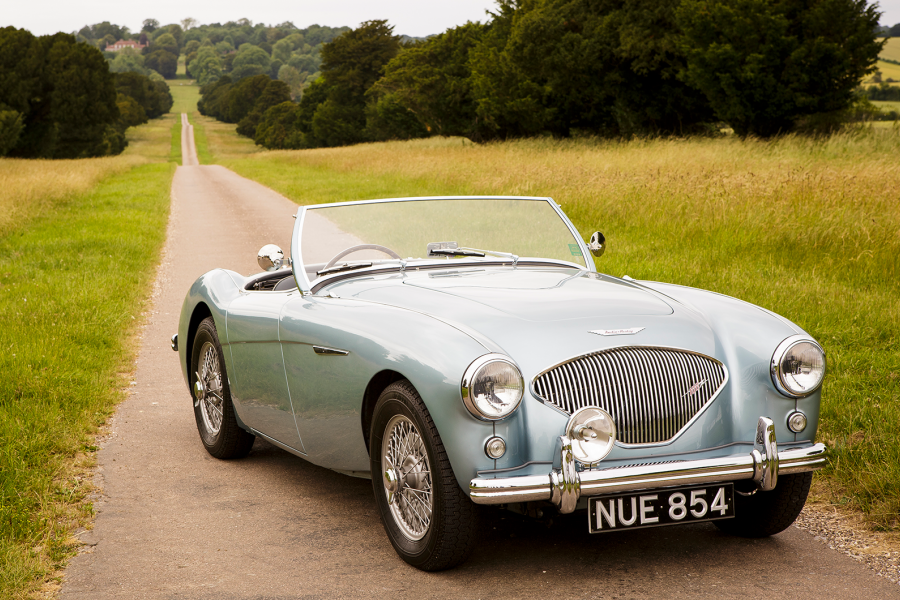What you drive says something about you, whether you want it to or not.
I must be suffering from some form of multiple-personality disorder because my car history is best described as ‘chequered’, although it is way short of ersatz Gower Street car dealer Buckley.
When I started driving, classics were just old cars. Exceptions were Italians ending with ‘i’ and certain British exotica.
My first car was a Triumph 1300, which was slow but comfortable and was followed by an Imp – the most fun you can have with your clothes on. Then I became ambitious and bought a Lotus Seven from a scrapyard and rebuilt it… it cost £750!
Dressed to impress at the Goodwood Revival
Following a succession of company cars interspersed with other Lotus (Excel and Elise), I took the plunge on a Jaguar Mk2 3.4 10 years ago.
Once it was sort-of finished the itch started, so I began looking for another classic to keep it company.
My wife Liz agreed with me that something two-seated and drop-topped would be nice for the summer. Also, something with lighter (and cheaper!) parts would be sensible. I’m not getting any younger, you know.


